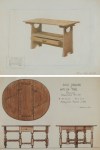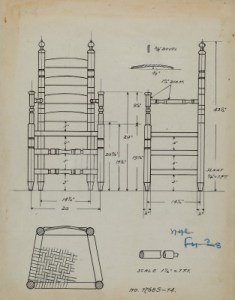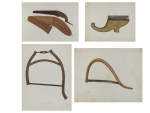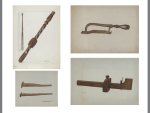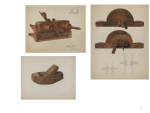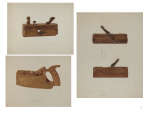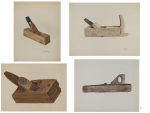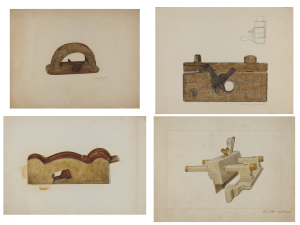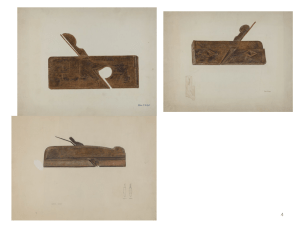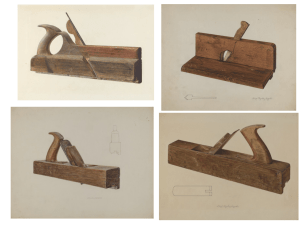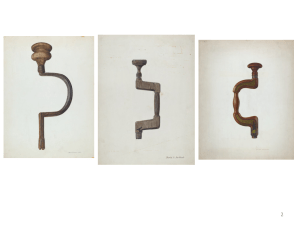
In the Baltimore-Washington D.C. area we have three IADs. Most people aren’t aware of the first one, the Institute of American Deltiology, part of the University of Maryland Special Collections. There you can find over one million postcards and related materials! I wonder if they have this one by Mainzer:

Then there is IAD, as in Dulles Airport. Besides a lot of people flying in and out, Dulles has hosted the arrivals of pandas, a Komodo dragon and a lowland gorilla to name a few. The traffic you might encounter on the way to the airport is also very famous. From my house the trip should take about 1-1/2 hours; I plan on at least 2 hours, three if it’s raining.
The IAD you might be most interested in is the artworks of the Index of American Design in collection of the National Gallery of Art.
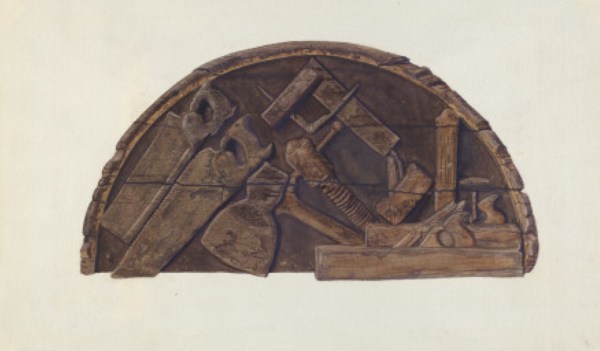
The idea for documenting hand works and decorative arts started as an effort to define the American aesthetic. During the Great Depression the Federal Arts Project, part of the Works Progess Administration (WPA), employed more than 300 artists to draw and paint a huge variety of items. The project ran from 1935 to 1942. The artists were paid a weekly wage of $23.86, an amount that enabled many of them to survive the Depression.
The artists drew and painted clothing, textiles, all variety of household items, toys, furniture, tools and so on. The output was over 20,000 images. The National Gallery of Art has more than 18,000 images available online. When furniture was documented it might be done as a watercolor, a measured drawing or a combination of both:
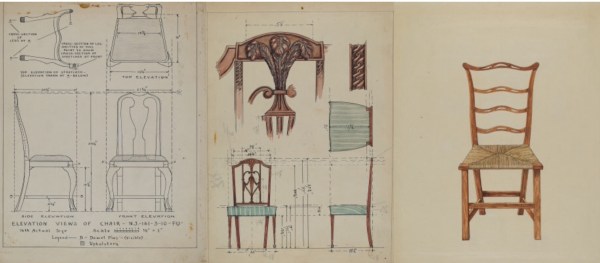
Within the overall project there was an effort to document three uniquely American design groups: Pennsylvania German, Shaker and Southwestern. Furniture designs range from the very simple to the refined work of 18th and 19th century urban cabinetmakers. The Index is a great resource for furniture makers and historians, especially since many of the documented pieces could now be lost. In the gallery below there are several examples of furniture and as many woodworking tools as I could find.
Earlier this year film maker, Michael Maglaras, released “Enough to Live On – The Arts of the WPA.” In a short intro segment he sums up the purpose of the Index of American Design as “…to copy the work of the great, and many anonymous, hand skill artists of the past.” We in turn are the recipients of the work done by the hands of the WPA artists. The Index of American Design is our family heirloom.
You can read much more about the Index here. Once on the page there is an option to “Tour the Index.” You can select several surveys (overviews) such as Furniture, Metalwork, Shaker, etc.
If you would like to go to the online listings of the Index at the National Gallery of Art go here. In the search box you can search for chairs, setttees, desks, spurs and so on, but keep in mind the results will include artworks outside the Index.
To watch a brief (4 minute) film by Michael Maglaras introducing the Index on Vimeo go here. Maglaras’ company is 217 Films. You can also look for another short piece on the WPA artist by Carl W. Peters.
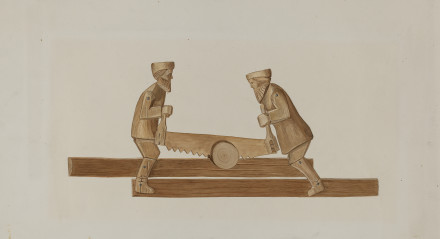
–Suzanne Ellison



